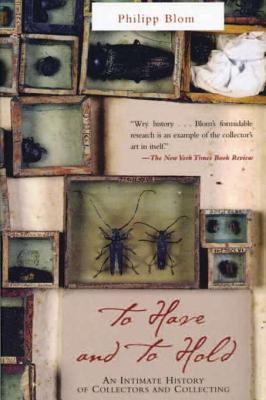What do you think?
Rate this book


Blom's gripping narration and bizarre cast of eccentrics, visionaries, and fanatics provide a fascinating glimpse into how a pastime becomes an all-consuming passion.
284 pages, Kindle Edition
First published January 1, 2002